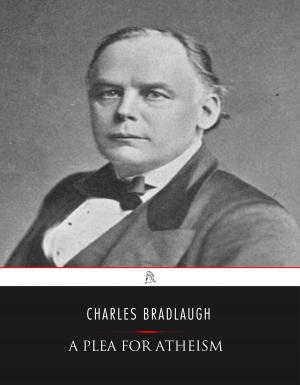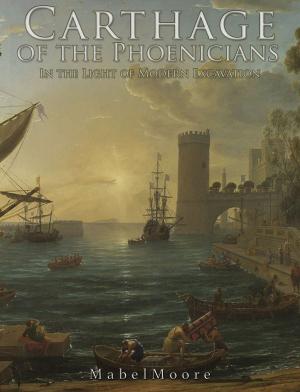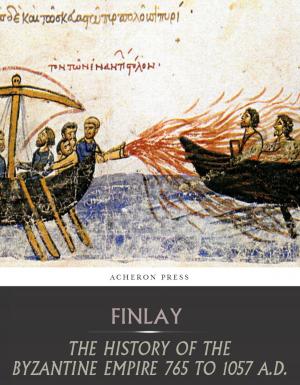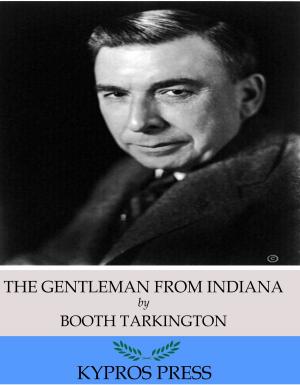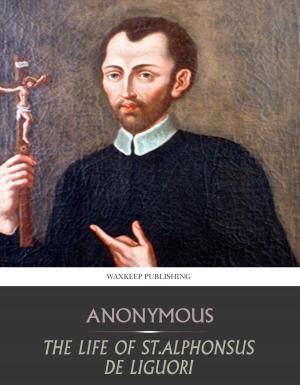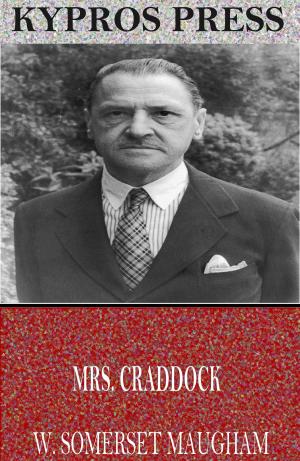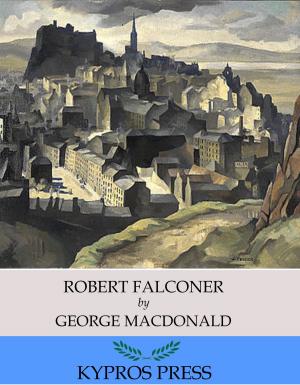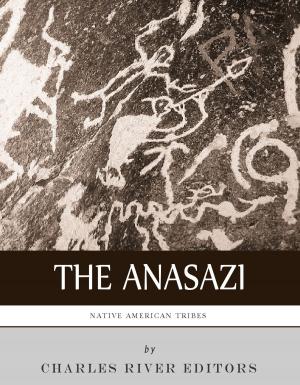Leaders of the Oglala Sioux: The Lives and Legacies of Crazy Horse and Red Cloud
Biography & Memoir, Historical| Author: | Charles River Editors | ISBN: | 9781475321579 |
| Publisher: | Charles River Editors | Publication: | January 31, 2013 |
| Imprint: | Language: | English |
| Author: | Charles River Editors |
| ISBN: | 9781475321579 |
| Publisher: | Charles River Editors |
| Publication: | January 31, 2013 |
| Imprint: | |
| Language: | English |
*Includes pictures of Red Cloud, depictions of Crazy Horse, and important people and places in their lives.*Explains several Oglala oral legends, including the origins of the names Red Cloud and Crazy Horse*Explains Red Cloud's War, the Battle of the Little Bighorn, and their roles in both. *Includes a Table of Contents."Upon suffering beyond suffering: the Red Nation shall rise again and it shall be a blessing for a sick world. A world filled with broken promises, selfishness and separations. A world longing for light again. I see a time of Seven Generations when all the colors of mankind will gather under the Sacred Tree of Life and the whole Earth will become one circle again. Crazy HorseLook at me - I am poor and naked, but I am the chief of the nation. We do not want riches, but we want to train our children right. Riches will do us no good. We could not take them with us to the other world. We do not want riches. We want peace and love. Red CloudAmong the Oglala Lakota, one of the most famous bands of the Native American Tribe known as the Sioux, the longest and most effective leader was Makhpiyaluta, better known as Red Cloud. Though he has not been remembered as vividly as another member of the Oglala Lakota, Crazy Horse, Red Cloud led the group for 40 years, in war, in peace, and on a reservation, becoming so esteemed and influential that Americans began to mistakenly take him for the leader of the entire Sioux tribe. In the 1860s, Red Cloud was at the forefront of skirmishing among whites and Native Americans along the frontier in Wyoming and Montana, which came to be known as Red Clouds War. After that, however, Red Cloud continued to lead his people to reservations first near the Black Hills and later westward after the Battle of the Little Bighorn. Though he was respected as a war chief, it was his political functions as a spokesman of the Oglala that truly allowed Red Cloud to leave his mark over the last several decades of his life. Whereas Sitting Bull and Crazy Horse suffered premature deaths, Red Cloud outlived the other important leaders of the Sioux until dying in 1909 at 87 years old. Near the end of his life, he reportedly said, They made us many promises, more than I can remember. But they kept but one -- they promised to take our land...and they took it.Red Cloud is often referred to as a symbol of Lakota concession. Sitting Bull is considered symbolic of Lakota spirituality. Crazy Horse, because he delayed surrender and never entered into treaty agreements with the U.S. military, became a symbol of Lakota resistance. Crazy Horse may have fervently wished to avoid white settlers, but hes a Native American icon today because of the inability to do so. Like Geronimo in the Southwest and Sitting Bull on the Plains, Crazy Horse was a chief who fought in several skirmishes against settlers and U.S. forces during the 1860s, and he became one of the most famous Native Americans in American history because of one fateful confrontation with whites: the legendary Battle of the Little Bighorn, during which an estimated 2,000 Lakota and Cheyenne warriors routed and then annihilated the 7th U.S. Cavalry led by George Custer. That disaster led the American government to double down on its efforts to pacify the Plains, and by the end of the decade many of them had surrendered and been moved onto a reservation. Like Sitting Bull, Crazy Horse tried to avoid surrendering for as long as he could, and both suffered a controversial death. Leaders of the Oglala Sioux looks at the two most famous leaders of the Oglala, including their roles in Red Cloud's War and at Little Bighorn, but it also humanizes the men who became symbols of defiance and conciliation respectively. Along with pictures of important people, places, and events, you will learn about Red Cloud and Crazy Horse like you never have before.
*Includes pictures of Red Cloud, depictions of Crazy Horse, and important people and places in their lives.*Explains several Oglala oral legends, including the origins of the names Red Cloud and Crazy Horse*Explains Red Cloud's War, the Battle of the Little Bighorn, and their roles in both. *Includes a Table of Contents."Upon suffering beyond suffering: the Red Nation shall rise again and it shall be a blessing for a sick world. A world filled with broken promises, selfishness and separations. A world longing for light again. I see a time of Seven Generations when all the colors of mankind will gather under the Sacred Tree of Life and the whole Earth will become one circle again. Crazy HorseLook at me - I am poor and naked, but I am the chief of the nation. We do not want riches, but we want to train our children right. Riches will do us no good. We could not take them with us to the other world. We do not want riches. We want peace and love. Red CloudAmong the Oglala Lakota, one of the most famous bands of the Native American Tribe known as the Sioux, the longest and most effective leader was Makhpiyaluta, better known as Red Cloud. Though he has not been remembered as vividly as another member of the Oglala Lakota, Crazy Horse, Red Cloud led the group for 40 years, in war, in peace, and on a reservation, becoming so esteemed and influential that Americans began to mistakenly take him for the leader of the entire Sioux tribe. In the 1860s, Red Cloud was at the forefront of skirmishing among whites and Native Americans along the frontier in Wyoming and Montana, which came to be known as Red Clouds War. After that, however, Red Cloud continued to lead his people to reservations first near the Black Hills and later westward after the Battle of the Little Bighorn. Though he was respected as a war chief, it was his political functions as a spokesman of the Oglala that truly allowed Red Cloud to leave his mark over the last several decades of his life. Whereas Sitting Bull and Crazy Horse suffered premature deaths, Red Cloud outlived the other important leaders of the Sioux until dying in 1909 at 87 years old. Near the end of his life, he reportedly said, They made us many promises, more than I can remember. But they kept but one -- they promised to take our land...and they took it.Red Cloud is often referred to as a symbol of Lakota concession. Sitting Bull is considered symbolic of Lakota spirituality. Crazy Horse, because he delayed surrender and never entered into treaty agreements with the U.S. military, became a symbol of Lakota resistance. Crazy Horse may have fervently wished to avoid white settlers, but hes a Native American icon today because of the inability to do so. Like Geronimo in the Southwest and Sitting Bull on the Plains, Crazy Horse was a chief who fought in several skirmishes against settlers and U.S. forces during the 1860s, and he became one of the most famous Native Americans in American history because of one fateful confrontation with whites: the legendary Battle of the Little Bighorn, during which an estimated 2,000 Lakota and Cheyenne warriors routed and then annihilated the 7th U.S. Cavalry led by George Custer. That disaster led the American government to double down on its efforts to pacify the Plains, and by the end of the decade many of them had surrendered and been moved onto a reservation. Like Sitting Bull, Crazy Horse tried to avoid surrendering for as long as he could, and both suffered a controversial death. Leaders of the Oglala Sioux looks at the two most famous leaders of the Oglala, including their roles in Red Cloud's War and at Little Bighorn, but it also humanizes the men who became symbols of defiance and conciliation respectively. Along with pictures of important people, places, and events, you will learn about Red Cloud and Crazy Horse like you never have before.


